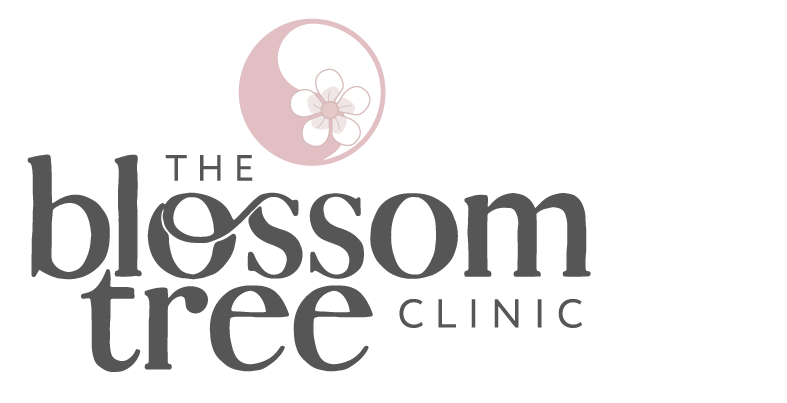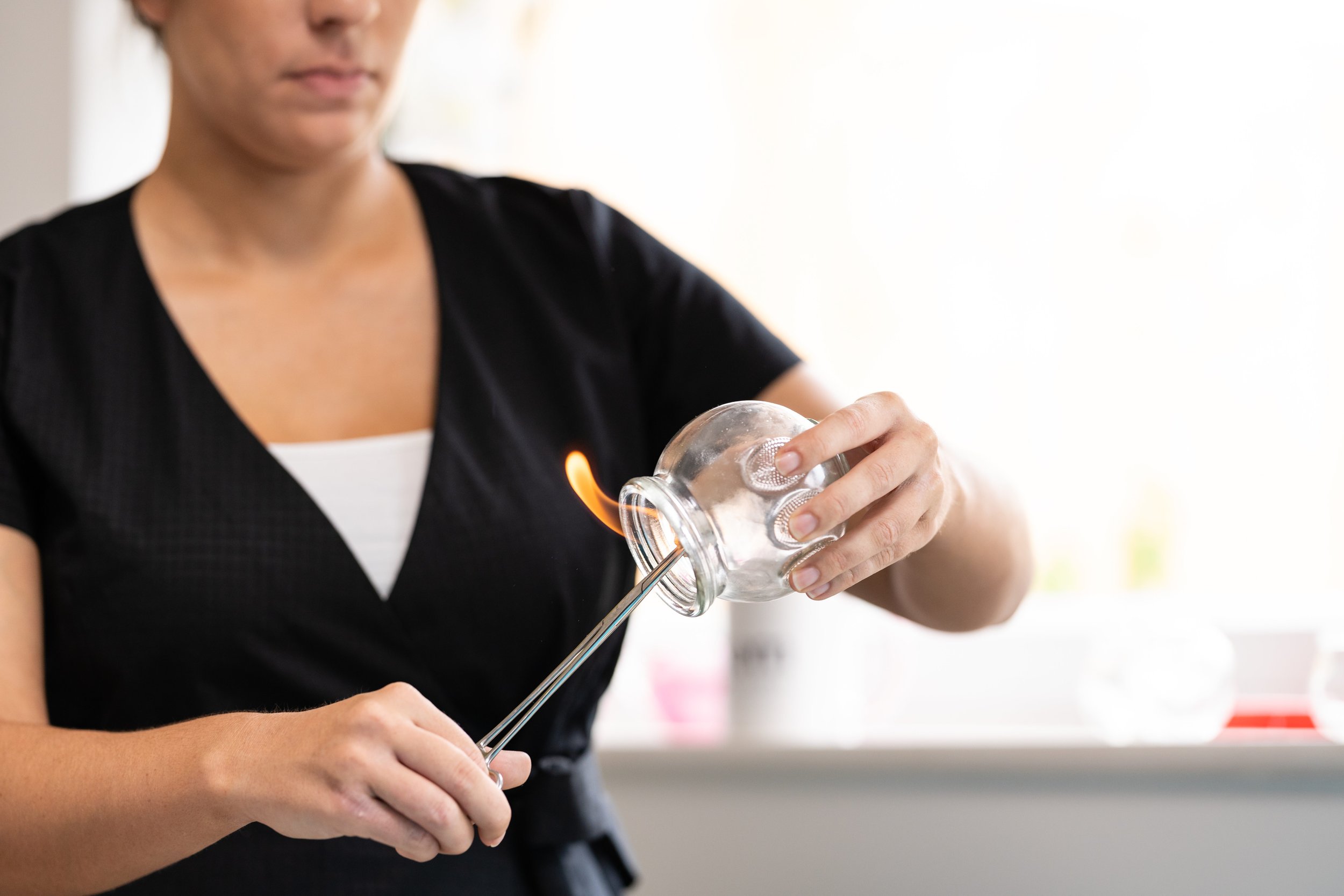What is Cupping Therapy?
How does it work?
Cupping Therapy is an ancient healing therapy used to ease pain for thousands of years. Your practitioner will use a controlled amount of fire placed inside the cup, drawing out the air inside to create a vacuum. The cups are then placed on specific muscles, points or areas of tension in the body. The vacuum in the cup causes suction on the skin, pulling the skin into the cup and stretching the muscle and connective tissue beneath.
The suction created on the skin pulls the muscle and connective tissue into a state of decompression. This increases the flow of blood and fluids to the area, improving cell repair, reducing inflammation and stimulating lymphatic drainage. The suction breaks tiny capillaries in the skin – this promoting the body’s natural healing response and helps eliminate toxins and waste from the muscles. In Chinese medicine, cupping brings warmth to the area, so similarly to a heat pack or hot bath, it relaxes the muscle fibres and reduces pain.
There are many different forms of cupping. At the Blossom Tree Clinic we only perform dry cupping, meaning no blood is drawn. We perform slide, static and flash cupping, all used for different conditions. With slide cupping, the practitioner will use massage oil to slide the cups along the length of a sore muscle and all across the area of tension. This is compared to static cupping, where the cups are left in their initial position and not moved around. In flash cupping, the cups are quickly taken on and off the skin repeatedly in quick succession, in an attempt to draw out a certain pathogen.
Is it painful?
Most people really enjoy the sensation of cupping. It should not be painful and the practitioner will adjust the level of suction if it too weak or strong for you.
What conditions is Cupping used for?
Cupping is used to treat a variety of conditions, mostly predominately muscle tension. For this it is commonly performed on the back, neck, shoulders, chest, buttocks and thighs. Examples of musculoskeletal conditions treated at the clinic are:
Lower back pain
Neck and shoulder pain
Headache and migraine
Knee pain
Lumbar disc herniation
Trapped nerve pain
Rheumatoid arthritis
Carpal tunnel syndrome
Cupping can also be applied to acupuncture points to stimulate healing in that channel. For this it could be used anywhere on the body, and can be used to help with any of the following conditions:
Shingles
Facial Paralysis
Cough
Shortness of breath
Hypertension
Asthma
What are the side effects of Cupping?
Cupping has received a lot of attention in recent years for the defining circular marks on muscles of athletes. Cupping can cause some pink, red or purple bruising around the area of the cup. This can last from a few minutes to a week. Although it can look alarming, the bruising is usually not painful and it is actually encouraged! The colouring on the skin is actually the toxins leaving the muscle through the skin and therefore we encourage this release. Additionally, the features of bruising are helpful diagnostic tools for your practitioner, as they tell us a lot about what is going on inside the muscle.
It is important to stay hydrated after your treatment to encourage blood flow and fluid to remove the toxins from your body. Stay warm to encourage blood flow and muscle relaxation. Some may experience some dizziness during or after cupping, to avoid this it is important to eat a substantial meal before your treatment.
In some cases, there is a risk of burn from the edge of the cups becoming overheated. This is usually avoided with practitioner training and first aid is available in the clinic to treat burns immediately if necessary.
Who should avoid cupping?
As cupping involves some damage to the skin, people with some conditions are not advised to receive the treatment:
- People with fragile, weak and thin skin
- Skin conditions eg. Eczema or psoriasis (in areas with flare ups)
- People on high doses of blood thinners
- Bleeding disorders eg. Haemophilia
- Blood clotting problems eg. History of stroke or DVT
Book Now
If you are interested in trying cupping, or if you have any questions, please do not hesitate to email us or bring it up in your acupuncture appointment. If you feel acupuncture is right for you, you can book your appointment now.
The information in this website is for informational purposes only. No material on this site is intended to be a substitute for professional medical advice, diagnosis, or treatment. Always seek the advice of your physician or other qualified health care provider with any questions you may have regarding a medical condition or treatment, and before undertaking a new health care regimen, and never disregard professional advice or delay in seeking it because of something you have read on this website.




